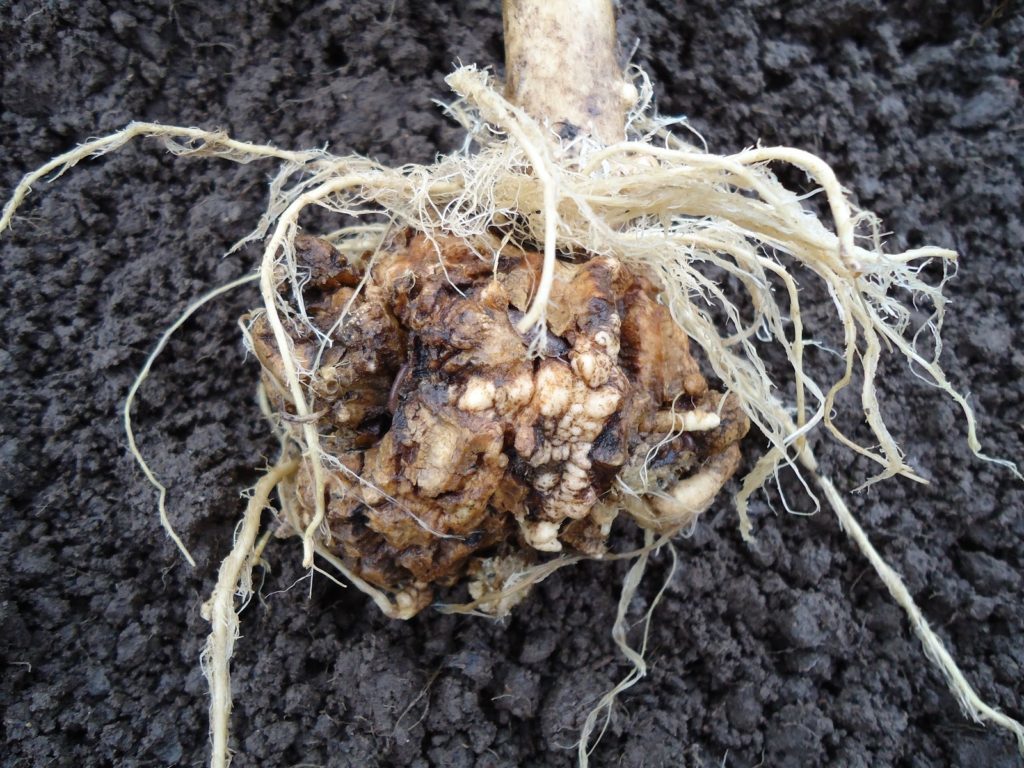
Kila - a common disease of cruciferous crops, most often affects cabbage. The causative agent is a microscopic fungus that does not have mycelium. The disease is quite dangerous, with untimely diagnosis, it destroys up to 100% of the cabbage crop. In order to minimize damage from it, it is necessary to timely and correctly treat infected plantings.
Content
Kila cabbage - a description of the disease, symptoms
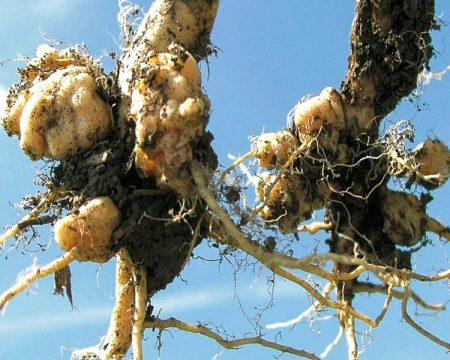
Yesterday, you watered cabbage beds, and today on some heads of grass you found wilted, sagging leaves? There is reason to worry, because this is the first external sign of the defeat of the plant keel! If no action is taken, then the next step will be the critical inhibition of cabbage growth, accompanied by a change in the color of the leaves, first they will acquire a light purple hue, then turn yellow.
The infection process itself did not start today, but much earlier - the spores of the fungus, leading to the development of the disease, live in the soil, the primary infection occurs through the root. Disputes spread very quickly, moving to new heads of cabbage on the upper layer of the earth. Small, suction roots rot, and large spindle-shaped or spherical growths form on the main shaft, which over time become even larger, spores form in them.
Most often, the keel infection is transmitted with young planting material. At the roots of seedlings, the ailment is quite difficult to detect, growths at this stage are no more than a poppy seed. The main symptoms become noticeable in the phase of rolling the head.
Due to the lack of correlation of the roots with the soil, cabbage does not receive nutrition and moisture, heads first wither away, and then fall to one side. If you pull the cabbage out of the ground, at the root you will see atypical swellings with dark spots and decaying wounds, which have an unpleasant smell, there will be no small and thin roots. In critical cases, galls at the root grow so that they become larger than a head.
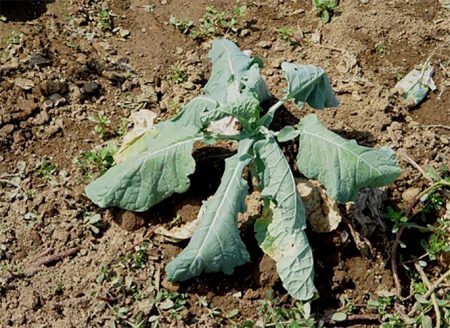
On different types of cabbage, the effects of keel may differ - white-varietal varieties become loose and small, and red-headed or colored varieties do not form at all. You can bring the infection to the beds with seed and seedlings, as well as with manure of animals that were fed with infected plants. The fungus lives in the earth up to 7 years in the form of cystospores. In what conditions are disputes actively developing:
- heavy, acidic soil;
- stable air temperature of 20–25 degrees;
- soil and air humidity above 75%;
- lack of useful elements in the soil (chlorine, calcium, potassium and magnesium);
- irregular or excessive watering;
- non-observance of crop rotation rules.
In neutral soil, the keel does not develop at 15 degrees, and in an alkaline environment, the activity of fungi ceases. Spores do not die in frosty, snowless winters; they are not afraid of high temperatures.
Proven ways to deal with keel
The people call the keel cabbage cancer, the affected plants can be cured only at the first stages of development. Given the vitality of the fungus, it is necessary to treat not only the planted crops, but also the soil. The process of eradication must be approached comprehensively, using agrotechnical measures and folk remedies.
Folk remedies
This season it will not be possible to completely cure cabbage from the keel; you can support the plants before harvesting and secure the plantings of subsequent years.What to do when detecting the first signs of the disease:
- tear off withered leaves, pour cabbage with infusion of ash. Take 10 glasses of ash per 10 liters of water, insist 48 hours, pour a liter of infusion into a bucket of water, make 500 ml of the mixture under each bush. Watering with ash is carried out after the main moistening of the soil;
- Now you need to hush up the bushes as high as possible, the procedure stimulates the growth of additional roots on the upper part of the stem;
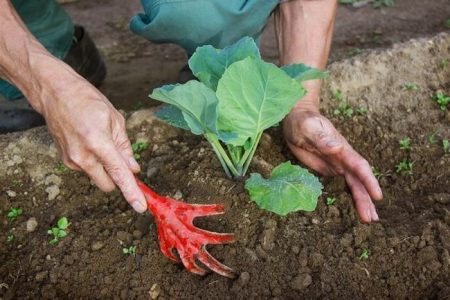
- in the end, you should feed the cabbage with organics, it contains microflora, which inhibits the activity of spores. It is advisable to apply fertilizers once every 7 days, using phosphorus-potassium mixtures, yeast, mullein, compost or vermicompost with potassium salt. Compost can also be made in the aisles to prevent the spread of fungus;
- beds with infected plants can be poured with lime mortar (150 grams of lime per 5 liters of water, consumption rate 500 ml per bush);
- After harvesting the cabbage, chop the beet or quinoa tops, scatter them in the beds. Apply a large amount of organic fertilizer and dig over the soil.
Growing up heads of cabbage cannot be saved by earthing up, they need to be cut and sent for processing.
In the late stages of development of the keel, the affected bushes are removed and immediately proceed to the treatment of the soil. Soil microorganisms quickly spread spores, so not only point plots of land are subjected to processing, but the entire area where the beds were. At the same place, all cruciferous crops can be grown no earlier than a year later.
How to disinfect the soil
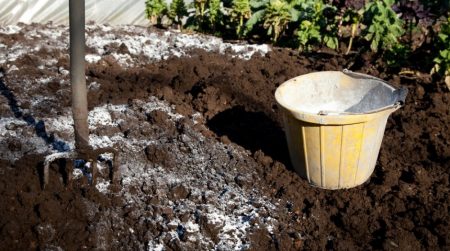
The most acceptable for supporters of organic farming will be the agrotechnical method (crop rotation) of cleaning the soil from the fungus of the keel. Cultures of the genus Solanaceous, Liliaceae, and Marevoe are planted on the infected site. Save the useful cheat sheet:
- tomatoes, potatoes and peppers destroy spores in 3 years;
- garlic, onions and beets will cope with keel in 2 seasons;
- joint planting of tomatoes and garlic will clear the soil in a year.
The site where infection with cabbage was previously observed is divided into several beds, the plants described above are planted. All weeds should be removed during the season. The denser the planting, the more likely it is to cure the maximum amount of soil, but it is not worth it to thicken the plants very much.
Rarely, but such a procedure may not give a positive result. In order to check the soil, one should sow Chinese cabbage in the new season, check the roots several times during the whole growing season. If the roots are clean - after a season on this place you can safely plant white or cauliflower.
One of the main tasks in the fight against keel is the normalization of acidity. A pH of 5, 6–6, 5 will be comfortable for the fungus. Dolomite flour, fluffy lime or wood ash are used as deoxidants.
Industrial preparations
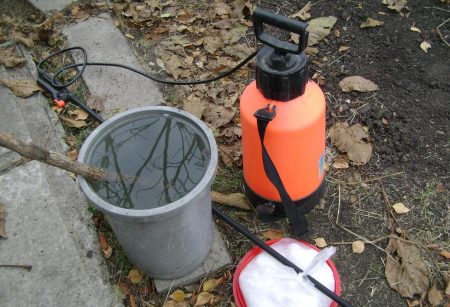
Kila shows high resistance to most antifungal drugs, but gardeners over the years of testing have revealed several effective means:
- Trichodermin;
- Previkur;
- Glyocladin;
- Topaz;
- Fitosporin-M;
- Alirin B;
- Fundazole.
Get ready for the fact that chemical and biological preparations do not eradicate the infection and cure infected bushes, they will only slow down the development of the fungus and restrain its spread.
Prevention of keel cabbage
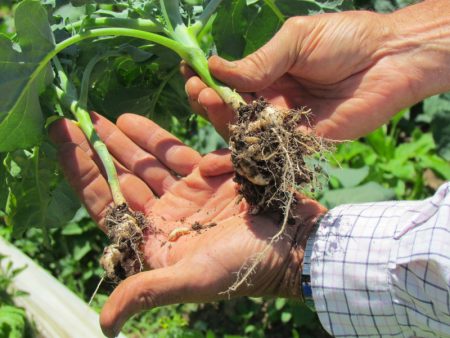
They dig up all the damaged bushes of cabbage (together with pieces of the diseased root), burn them away from the site. Disputes from the fire will not die and will be carried along with the smoke, so the procedure is best done in calm weather. Try not to step into the pits where the cabbage grew. All garden tools, shoes and clothes, after working with diseased plants, must be disinfected.
During the entire season of cabbage vegetation, remove weeds from the beds, especially herbs belonging to the cruciferous genus (colza, rapeseed, shepherd's bag, yarut, wild radish and field mustard). Do not forget about crop rotation.
You need to feed cabbage every 14 days, mineral complexes, mullein infusion (1:10 with water) and ash infusion are suitable.
Before planting seedlings, it is washed from the ground and the roots are carefully examined. If small thickenings are noticeable on them, such sprouts are rejected. In the initial stages, galla keels may be the same color as the roots. After rejection, the roots of healthy seedlings are treated with Thiovit, Cumulus or colloidal sulfur.
Resistant varieties
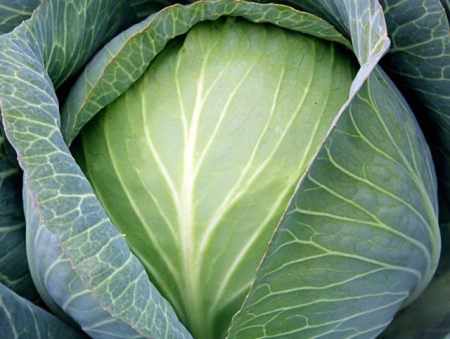
There are no cabbage varieties completely resistant to the pathogen of keel, however, scientists have developed varieties with a fairly high immunity to the disease:
- Kilazole F1;
- Taininskaya 11;
- Losinoostrovskaya 8;
- Kilaton F1;
- Winter mushroom;
- Kilagerb F1;
- Kilagreg F1;
- Hope;
- Ramkila F1;
- Tequila F1.
The most affected are keel varieties of Blizzard, Golden hectare, Glory, Rusinovka, Early ripening and Kharkov winter.
Presowing seed and soil preparation
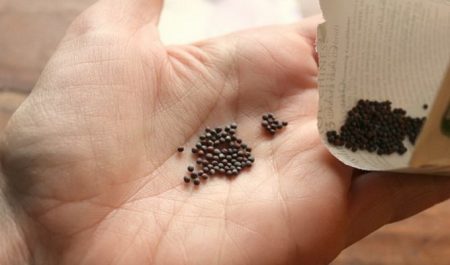
There are several methods of seed treatment, soaking in hot water (about 50 degrees) for 20 minutes will be the easiest. Let's consider other options:
- six-hour soaking in a 1, 5% mustard solution;
- grains can be left for 8-12 hours in a solution of ascorbic acid. 0.1 g of ascorbic acid is taken per liter of water, seeds are mixed every hour, then washed with running water, dried;
- a good way of disinfection - the seeds are immersed in a saturated solution of potassium permanganate for 30 minutes, washed and treated with biostimulants (Energen or Epin);
- cut a few aloe leaves, put in a jar, cover the neck with gauze and put in the refrigerator for 2 weeks. Squeeze juice from the leaves, dilute it with water 1: 1, leave for a couple of hours. The seeds are lowered into the resulting solution, put the jar in the refrigerator for 2 days. Rinsing and drying the grains is not necessary, they can be sown immediately.
The soil mixture intended for growing seedlings is preferably calcined in the oven at a temperature of 60 degrees for about an hour. After which it must be shed with a solution of the drug Baikal-1M or Radiance. The soil on the site can be treated with a Bordeaux mixture according to the instructions.
What to put in the hole before planting cabbage
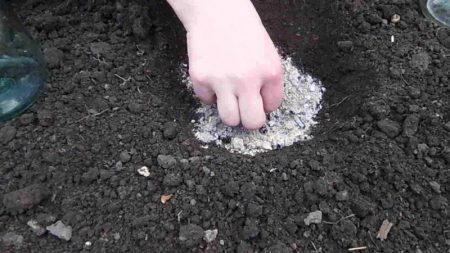
Many gardeners advise to prepare holes for cabbage in advance. A week before the intended planting, half a teaspoon of sulfur is poured into the pits, and when planted, peeled potatoes are put into the hole. You can also make a handful of wood ash, dolomite flour, baking soda or crushed chalk (only one ingredient).
It is advisable to immediately pour the planted seedlings immediately with a solution of colloidal sulfur - 2 tablespoons per 10 liters of water.
Keep an eye on the cabbage beds, the sooner you find the disease, the more chances there will be to save the crop. It is necessary to deal with keel in a timely manner, but even active measures do not guarantee complete elimination of the disease, follow the rules of agricultural technology of culture, pay maximum attention to preventive measures.
Reviews
Tatyana
I once suffered with a keel on cabbage, I tried a lot of drugs, there was no result. I found such a salvation: I plant cabbage in one place every 3 years and only after peppers or tomatoes. I grow seedlings on my own, even process purchased seeds with potassium permanganate, add potato skins to the holes when planting. Several times during the season I water the bushes with an infusion of ash, every 2 weeks I feed the cabbage with mineral complexes. The beds periodically loosen and constantly monitor the weeds.
Kirill
I encountered a keel 3 years ago, after collecting the surviving harvest, I cultivated the soil, normalized acidity, planted beets and garlic in this place. A year later, he planted cabbage again, added a handful of ash to the wells, fertilized with organic matter, and the keel returned anyway.Later I realized my mistake - I watered too abundantly, after watering, the water stood, but I need to pour no more than 2 liters under the bush.

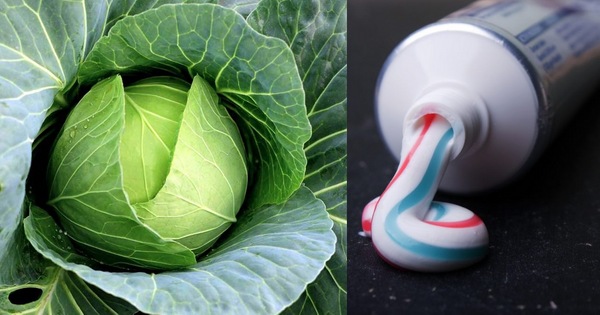
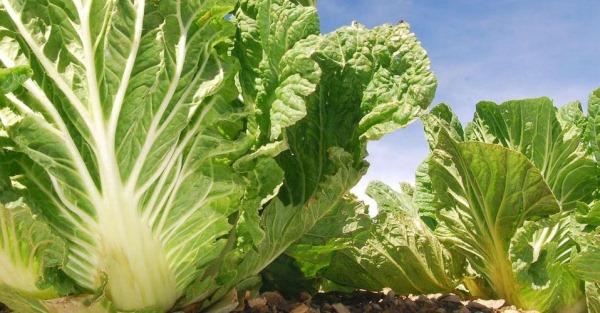
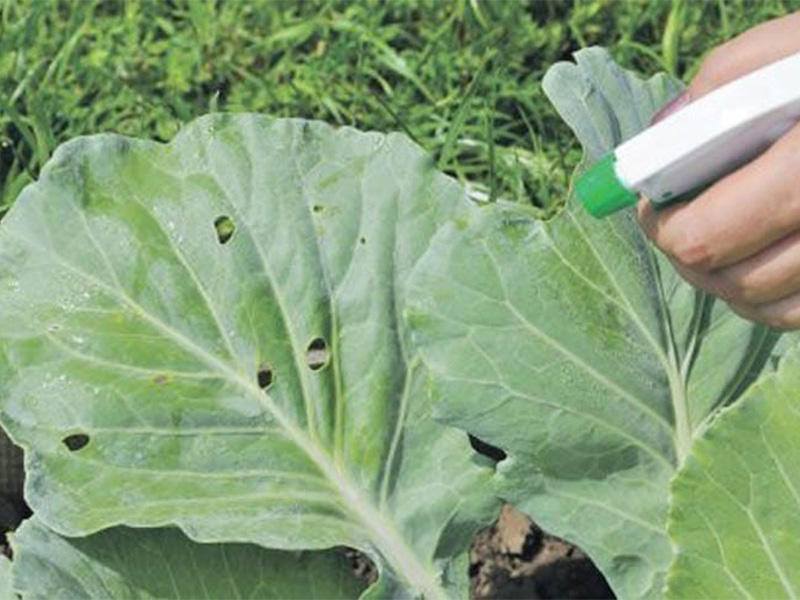
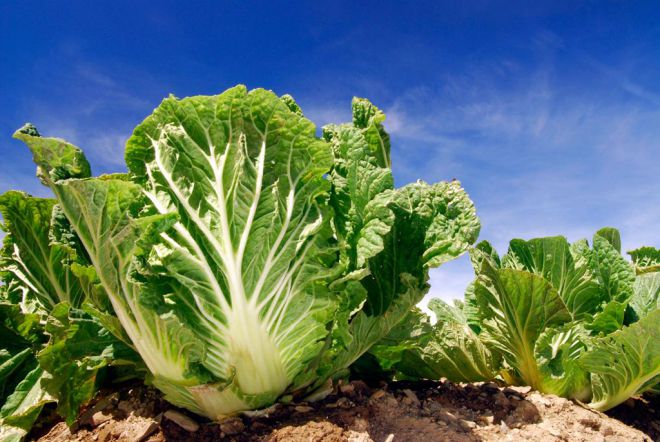 How to grow Chinese cabbage on your site?
How to grow Chinese cabbage on your site?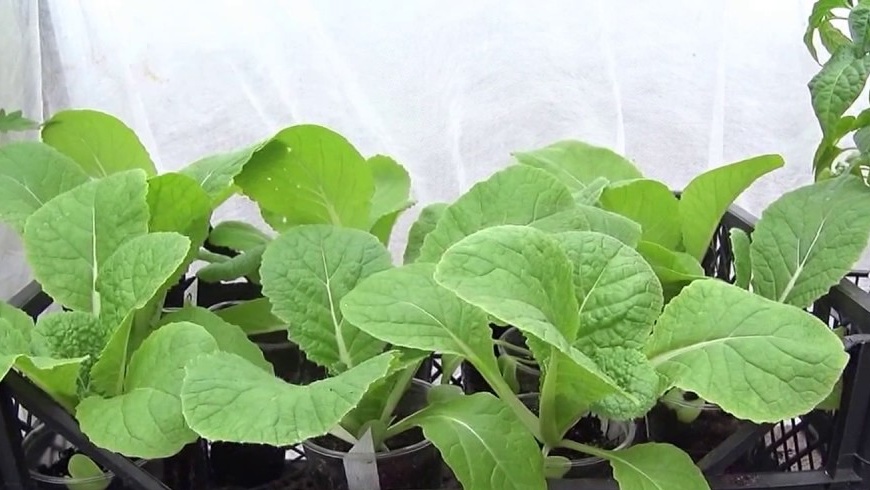 When to plant Chinese cabbage on seedlings in 2024
When to plant Chinese cabbage on seedlings in 2024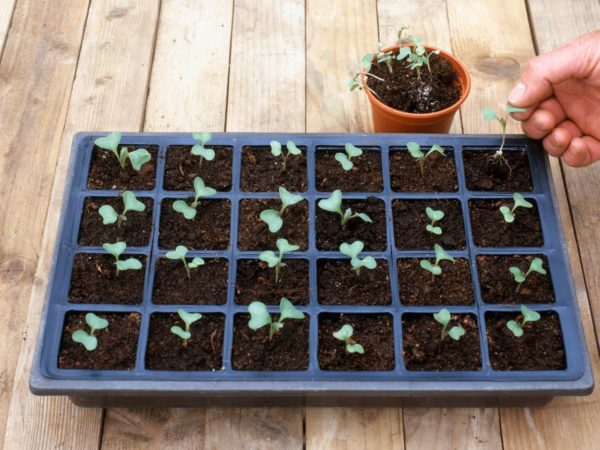 When to sow cabbage for seedlings in 2019 on the moon
When to sow cabbage for seedlings in 2019 on the moon Cauliflower: how to grow large snow-white inflorescences
Cauliflower: how to grow large snow-white inflorescences